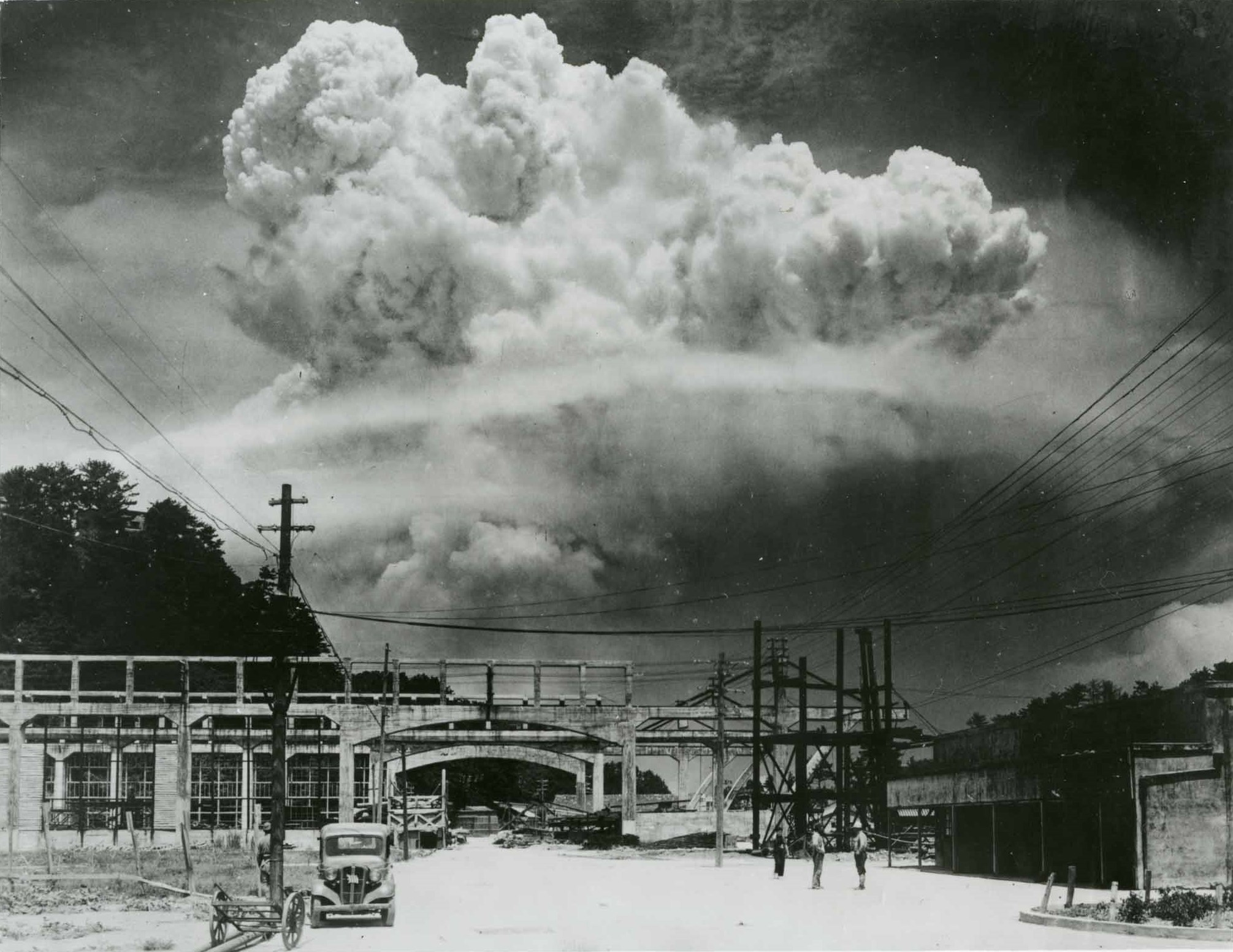Authors:
Historic Era: Era 8: The Great Depression and World War II (1929-1945)
Historic Theme:
Subject:
August 2023 | Volume 68, Issue 5


Authors:
Historic Era: Era 8: The Great Depression and World War II (1929-1945)
Historic Theme:
Subject:
August 2023 | Volume 68, Issue 5
The great popularity of the new movie Oppenheimer reveals the enduring fascination with the atomic attacks on Hiroshima and Nagasaki seventy-eight years ago.
In this issue, we look comprehensively at the use of those weapons and the struggle to end the war in Asia, which many people don't realize caused well over 20,000,000 deaths, mostly of civilians, and more than 100 times the horrific toll of the atomic bombs. (See “Counting All The Dead” here.)
I consider this issue of American Heritage to be one of the most important I have helped put together in 15 years of editing the magazine. We are grateful for the work of the historians who contributed: Richard Frank, Richard Overy, Paul Ham, and David Dean Barrett, among others.
Our purpose with this issue is not to blame, but, rather, to allow our readers to look at the historical facts and context from various points of view.
New information continues to come to light. “My articles reflect an enormous amount of research stretching back literally over decades,” Richard Frank, author of the classic study, Downfall: The End of the Imperial Japanese Empire, explains. “So much of the literature on the end of the Asia-Pacific War and the atomic bombs is based upon research that halted on or about the time of the Enola Gay controversy at The Smithsonian in 1995. Since that episode, we have gleaned a vast amount of new evidence from both US and Japanese sources. On the American side, the radio intelligence revelations had barely begun in 1995, and have grown massively since then. On the Japanese side, key information only emerged after a lengthy period following the emperor’s death in 1989, when Imperial Household records were finally disclosed.”
Our lead essay, “Cities Reduced to Ashes,” sets the stage — the situation of the war in the spring of 1945 — and describes the American bombing raids that destroyed much of Tokyo and dozens of other Japanese cities, killing at least 200,000 people, without forcing a surrender. It was written by the historian David Dean Barrett, whose impressive book on the subject, 140 Days to Hiroshima: The Story of Japan’s Last Chance to Avert Armageddon came out in 2020.
In our next article, the British historian Richard Overy recounts the "Struggle to End the War.” Even though the leaders of Japan realized that defeat was inevitable in the summer of 1945, they could not agree among themselves, or with the Allies, on surrender terms, especially regarding the future of Emperor Hirohito and his throne.
In 1945, the Japanese had a massive number of troops defending the homeland, and millions of